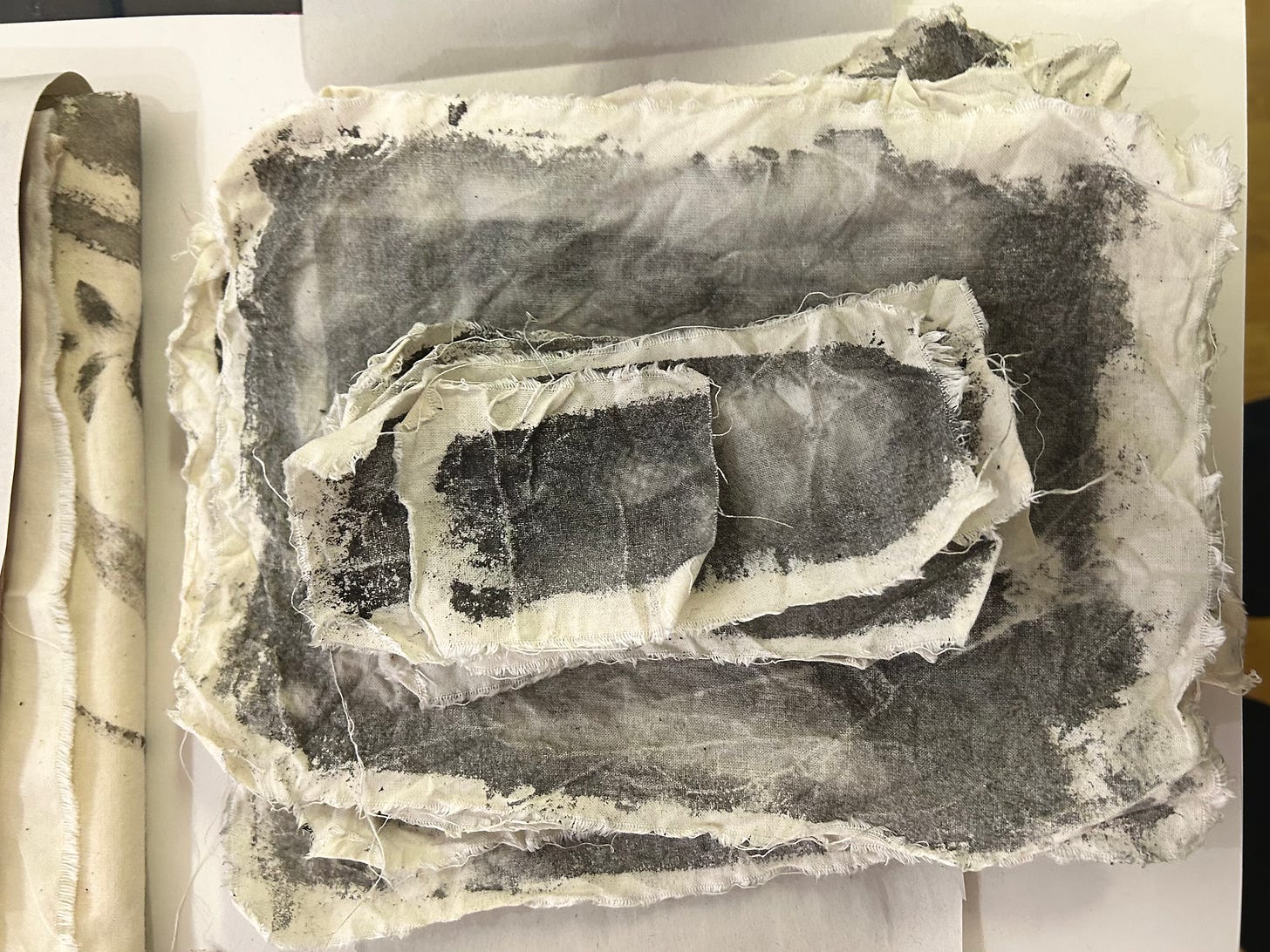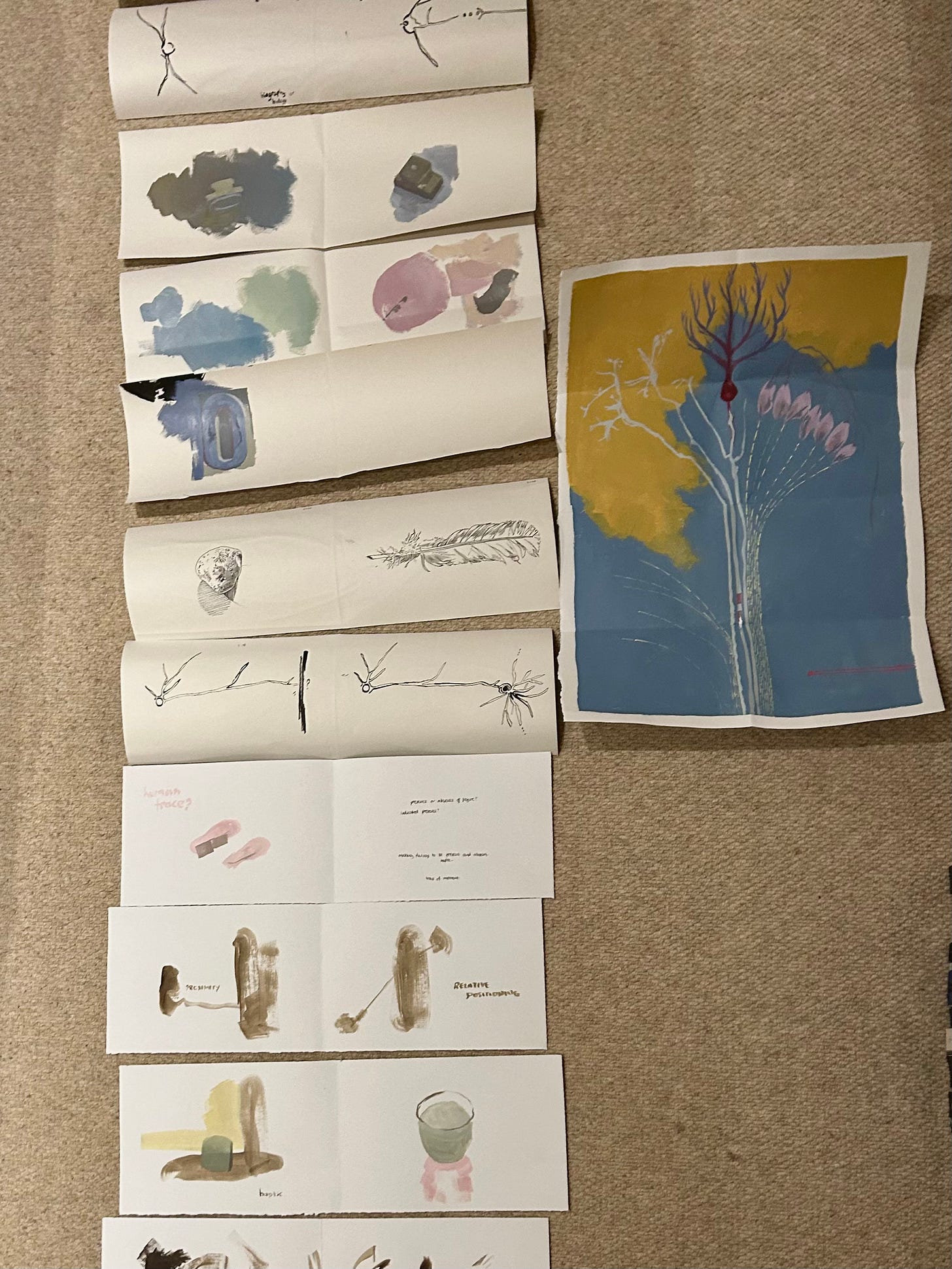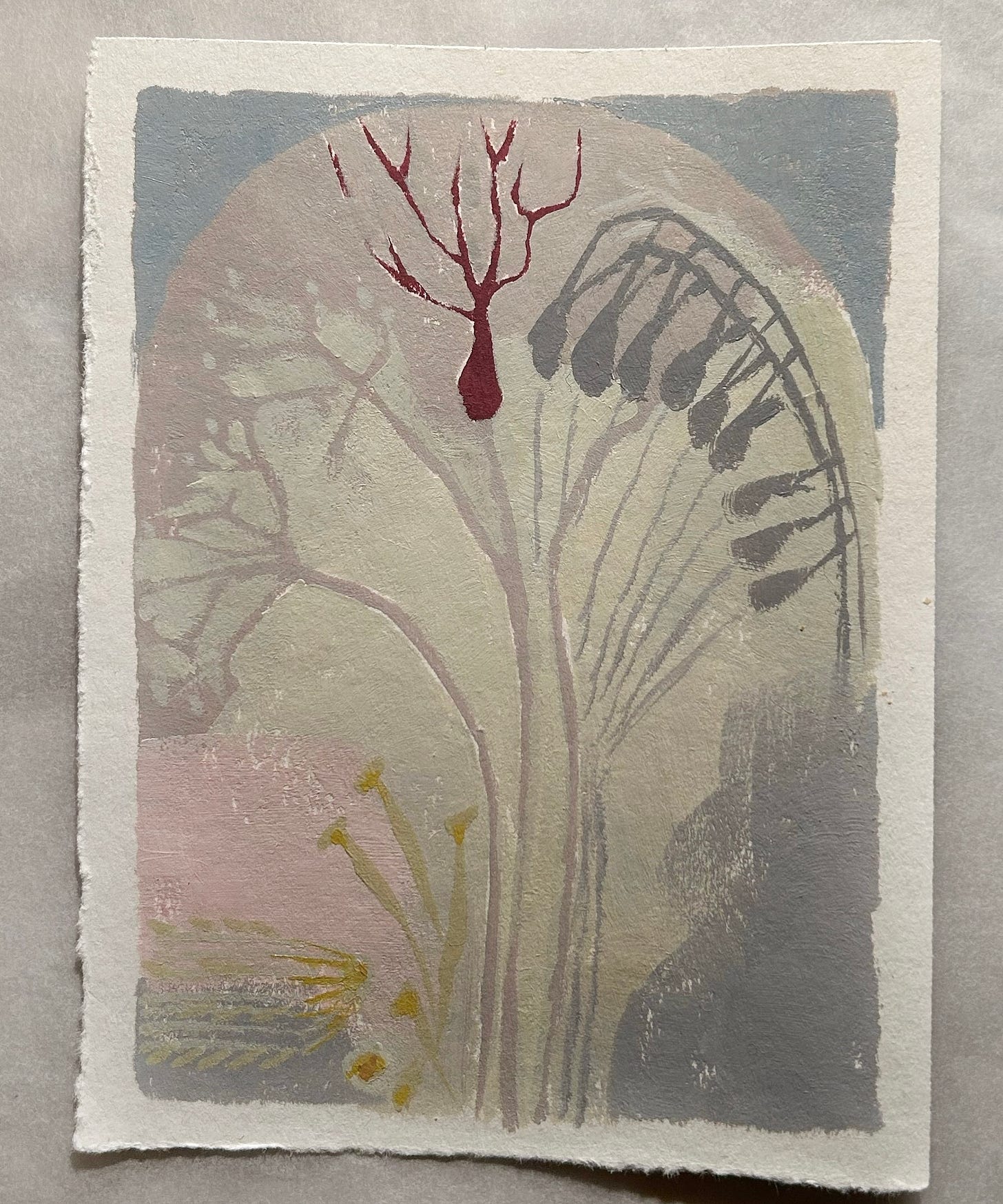Over the past few weeks, I’ve been battling with how I can take ownership over my work and my ideas. As a child I always felt I had ownership of what I drew and what I made. During secondary school and GCSE and A level art, at times it felt like the work I was making didn’t always belong to me. I’d like to share some of my thoughts on ‘ownership,’ and some of the steps I’ve taken to help me explore how I can better nurture a sense of ownership and autonomy.
After completing a term of my Foundation Course, I’ve had some time to reflect on the effects of being held accountable to the work you produce, and how this can, and has been, both beneficial, and a challenge.The past term for me has had the additional pressure of creating a portfolio to apply to university. I felt that my work needed to come together at the perfect time – to be clearly summed up in a series of portfolio slides, and later, to be talked about in an interview. I think my ideas moved to a more theoretical and conceptual space than they might otherwise had done, as this felt like it would help guide the conversation in an interview. I’m also aware that some of my decision making in terms of which media to use to best translate my ideas was sometimes influenced by wanting to have a range of skills on display for my application, and not always a simple case of which processes would develop my ideas.
On the Foundation Course, our work is assessed at the end of each project, and there are, of course, certain criteria that must be met to pass. It’s true that this pushed me to incorporate new habits into my practice, such as reflecting in a ‘Learning Journal’ after each session of making (sometimes this is exactly what I needed to clarify my thoughts). However, at times I felt myself resisting. Creative moments can be delicate, and it’s important to honour your instinct and to try what feels right in each moment. I wanted to feel able to make mistakes, because I know I will learn from them, but with the knowledge of upcoming assessment of the body of work we’d produced, sometimes taking the risks that had the potential to move my work on the most, felt like too dangerous a step.
So how can we take complete ownership of our ways of working, and the work we produce, whilst still operating within the boundaries created by outside pressures, which I suppose will always be there in some form or other?
Personally, I’ve found it helpful to acknowledge where it is possible to adapt certain requirements or tasks given to me on the course so that they feel more pertinent to where I am right now. At the end of the day, the Foundation Course is there to move me and my ways of working forwards as an artist. For example, the task given to us over the Christmas holidays involved completing a sketchbook of work to generate ideas for the next body of work. I know from my personal sketchbooks that I find ideas while working non-chronologically, and allowing my sketchbook to be a meeting place for anything that interests me, even if it feels throwaway, quick, or vulnerable. Arguably, I could have worked non-chronologically in a traditional 32-page sketchbook, but with the knowledge that “I’m supposed to have come up with ideas by the end of the sketchbook,” each page felt too pressured.
Instead, I chose to work on loose sheets of paper, some of which are old, large ink drawings torn down to size, and to assemble these into the required sketchbook towards the end of the holidays. In this way, each sheet feels without too much consequence. If something isn’t working out, I’m not stuck to that – I can choose its relative position in the sketchbook, I can use as many sheets as feels necessary, and if something feels too vulnerable, I can choose not to include it
This way of working has turned out to be hugely valuable in the development of my ideas and is a way of working that I’d like to explore more over the next few weeks. The book exists in the world with a presence unlike that of a bought sketchbook – it feels personal, I have complete ownership of it, and it makes me feel tempted to flick through its pages.
The process of assembling the pages has also made me reflect on the curation process. When sewing together the booklets that later form the sketchbook, I had to decide which sheets to pair together, so was trying multiple arrangements, juxtaposing ideas and sketches in a way that wouldn’t be possible if the sketchbook had been made prior to me filling it. Some pairings of images you can’t control easily – if I choose to follow an interesting relationship between two pages on one side of the booklet, the other side of the booklet has been decided for me, but this leads to unexpected links which I might only notice later when flicking through.
Another step I’ve taken that has helped me feel like my work is my own, was to take a break. Over Christmas I gave myself the time and space to invest in my other, non-art-related interests. I read the book, ‘Brains: The Mind as Matter,’ and found myself picking out certain thoughts or pieces of imagery that I found particularly interesting. I noted these down, and when I came back to them, realised that all my work really needs to be about is what interests me. I think connecting to other interests can be really grounding – the work we make doesn’t need to be as complicated as it sometimes becomes. I think there is huge value in making work that bounces off from what, on an instinctive level, we simply find interesting, and there isn’t much else more personal than that.
For my course, the next body of work is a short one, and I see benefit in giving yourself a container, timewise or volume-wise. Personally, I feel like I have space to make mistakes, and to try and immerse myself in a new way of working, without the pressure of a long-term commitment.
Looking forwards to next term, I’d like to work more loosely. I want to take more risks. I’d like to develop my painting skills, and try not to get caught up too much in complicated concepts – I think really I’d like to feel grounded by my work. To paint for the simple pleasure of what it feels like to mix colours, to make brush marks, and to see where that lands me.
3 Ways to Find Your Way In
This week we thought we’d share three ways we’ve been exploring to help kick start creative thinking, and to move ideas along. We hope you find them useful, and we’d love to hear your own strategies for moving from “I will do one day…” to “Today I will…”
A Sketchbook To Observe & To Think
For years I’ve kept an observational sketchbook. I carry it with me when I go out, and use it to record the interplay of buildings, people, light, etc. - whatever interests me visually. While it’s not the primary purpose for my sketchbooks, I like that they serve as a visual diary of the past few years. I …










Thanks for this Rowan. I think as educators we can always be thinking more about what gives and enables a pupil or student as much ownership as possible in their work, whilst feeding and nurturing. The pressures we put on ourselves trying to balance assessment and creativity is a BIG subject! You're right to identify that stress to "achieve" is often at odds with "safety" to explore...